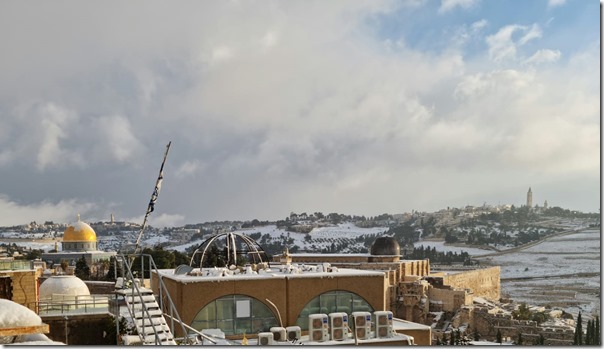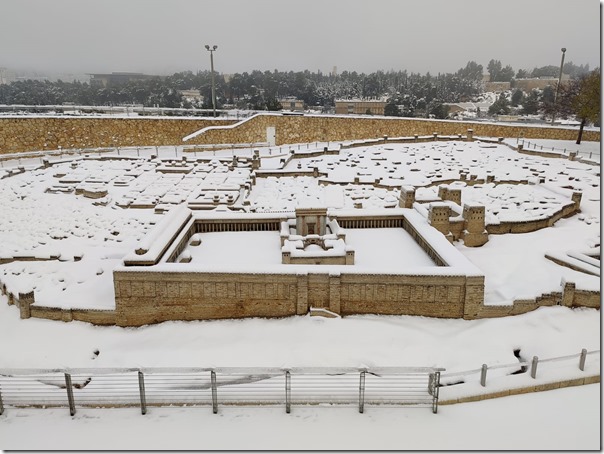A new study authored in part by Chris McKinny and published in the Journal of Biblical Literature identifies the millo of Jerusalem with the fortifications around the Gihon Spring. The JBL article requires purchase, but Bible History Daily has a summary.
Henri Gourinard is writing a guidebook on the Emmaus Trail, and he provides a brief introduction to the trail for Bible History Daily.
A new Israeli reality TV show named “My Trip is Better” will pit five tour guides against each other in a five-day competition.
“Location, location, location” – Brad Gray explains the significance of geography in his “Lenses of Context” series for Walking the Text. The 20-minute episode includes many photos and maps.
Foreign archaeologists are returning to Gaza to restore archaeological sites and to train Palestinians in conservation (3-minute video).
“Thousands of rare antiquities were confiscated . . . in a complex pre-dawn operation in the Nablus area on Monday following a months-long undercover investigation.”
NY Times: “For 10 days, a photojournalist drove across Jordan from north to south, visiting several of the country’s most treasured sites. Here’s what he saw.”
The Bible Mapper Blog has just posted its 100th map. The latest free maps include:
I join Henry Smith on the latest episode of Digging for Truth to talk about Queen Esther in Susa (25 min). In this first part of a two-part series, I describe the excavations of Susa, the layout of the city, and highlights of my visit to Iran.
HT: Agade, Joseph Lauer, Arne Halbakken, Explorator, Charles Savelle, Steve Ulrich, Keith Keyser

